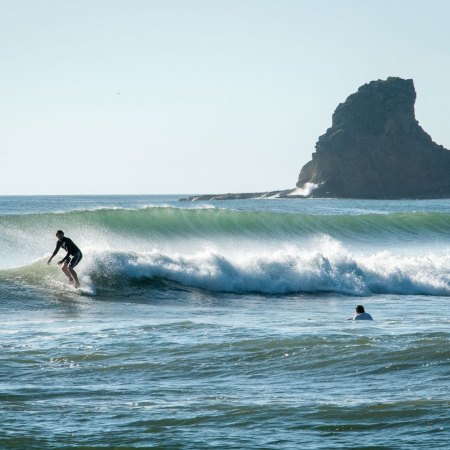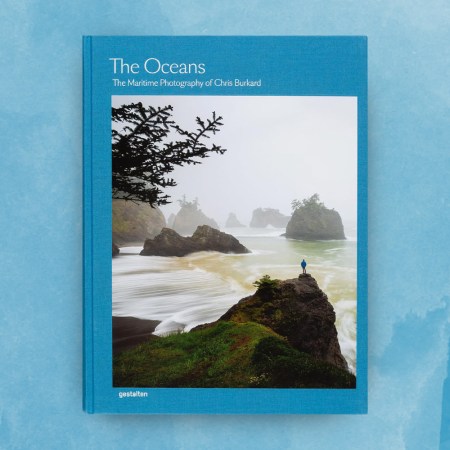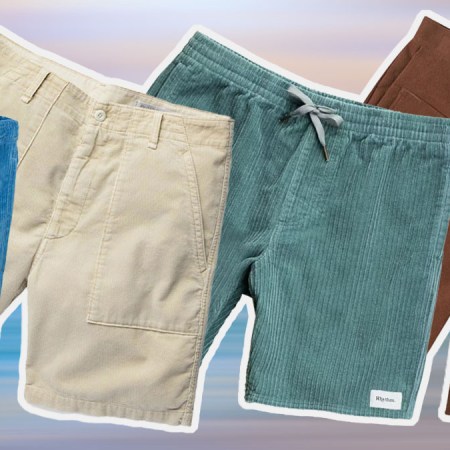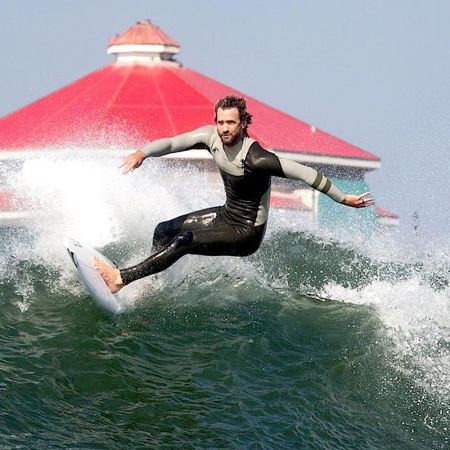From last summer until just about now, the extreme sports world has been knee-deep in El Niño news.
City officials along the West Coast cautioned drivers about how to handle treacherous conditions. Measures were taken to capture maximum rainfall to help curb the drought. And the best ski resorts and surf spots, we were told, were in for the season of the decade.
So did it actually happen? Did the rains necessitate a wardrobe change? Was the skiing all that and a bag of grits? Were there any Big Mondays or Wednesdays on the water?
Meh. Sorta. The Sierra Mountains received good snow. Mammoth is well above previous drought years, but not setting any records, as evidenced by a look at snowfall over the last six seasons:
- 2015-16: 358″
- 2014-15: 176″
- 2013-14: 238″
- 2012-13: 308.3″
- 2011-12: 263″
- 2010- 2011: 668.5″ (most ever)
Meanwhile, Big Bear and Snow Summit got about 100 inches. So … nothing of note.
As for the rains, the hills are a vibrant green but the farmers are still hurting. Water levels are only at 89% of what they should be according to the California Department of Water Resources.
“I saw an advertisement for windshield wipers that said, ‘Get New Wipers for El Niño,’” says NOAA scientist Michelle L’Heureux. “And the blood ran from my face. That’s not how it works.”
This is a problem of expectations. “Communications of a forecasting is a layered process,” explains L’Heureux. “There’s no single source of information for what is a moving target.”
To create its monthly forecasts, NOAA relies on a consensus of 11 scientists who weigh quantitative measurements and work in probability. So when they said last year that there was a 60% chance of an El Niño, that meant there was a 40% chance it wouldn’t happen, too.
Weather is a cascading process, affected by jetstreams and all sorts of improbables. Forecasts are meant to be looked at over decades, not in a vacuum. That 60% means that in similar conditions El Niño’s occur 60% of the time. Not that they will.
What ends up happening is a game of purple monkey dishwasher: NOAA’s data gets distorted and then relayed to you and me as fact. Complex data becomes hype. Statistical probabilities becomes hopes, dreams and sexy headlines.
So did El Niño meet expectations?
A better question is probably, How could it ever?
Whether you’re looking to get into shape, or just get out of a funk, The Charge has got you covered. Sign up for our new wellness newsletter today.























